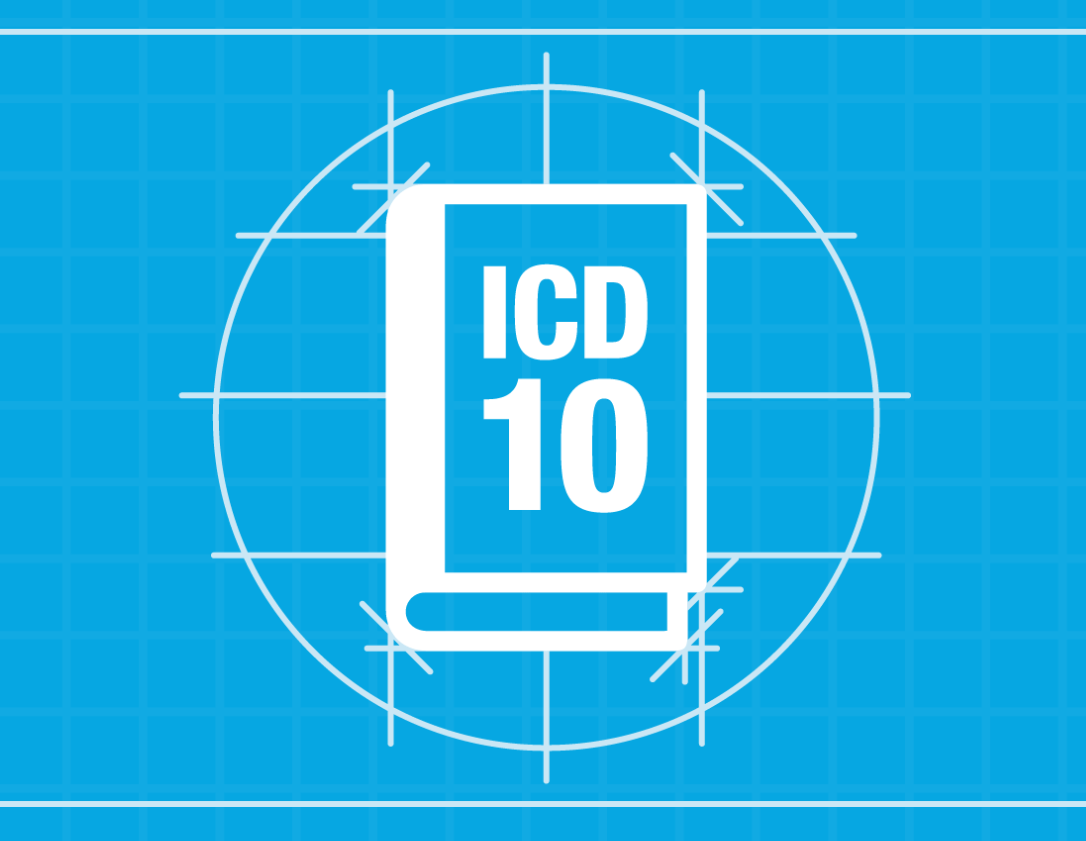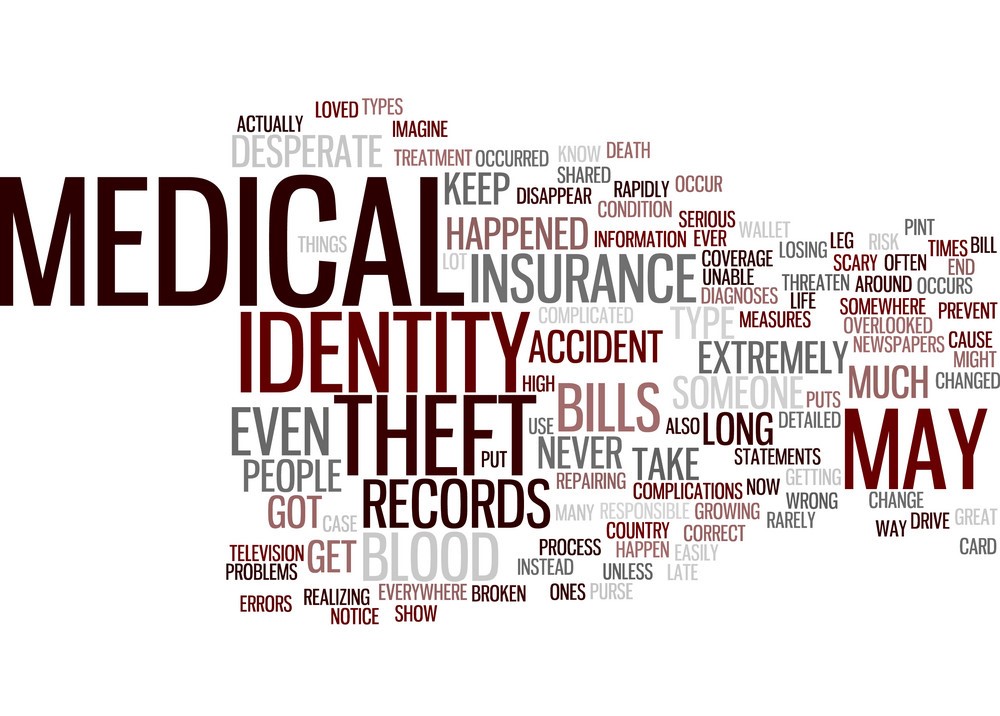Enterprise resource planning (ERP) programs, customer relationship management (CRM) tools, and Salesforce automation (SFA) systems can streamline processes and improve efficiency. These programs allow organizations to communicate across various departments, access centralized databases, and collaborate on tasks. Each department has immediate access to the most relevant, up-to-date information, allowing employees to improve workflows and reduce risk.
Automated contract management systems produce similar benefits. Creating, updating and monitoring contracts across multiple departments can help mitigate errors and improve workflows. However, these systems must be compatible with existing ERP and CRM programs to be truly beneficial.
Do ERP systems cover contract management?
ERP systems are centralized networks used to improve a company’s day-to-day operations. However, while ERP models are used to streamline a variety of tasks, research shows they do not address the needs of contract management. A study conducted by Goldman Sachs found that “ERP vendors cover 20% – 30% of the needs of most enterprises.” As a result, “50% – 60% of companies have funded extensions of their ERP systems, and most others have relied on offline spreadsheets, standalone databases, or homegrown solutions.” These findings imply that ERP models do not meet the agility needed to run contract management systems, leaving companies to adopt outdated methods.
2 Issues Facing Businesses with Existing ERP Systems
ERP systems that only cover 20% – 30% of a business’s contract management processes may fail to prevent costly errors, such as lapsed renewals, lost documents, and inconsistent legal terms. The solution is to improve and upgrade ERP systems to meet these needs. However, there are two hurdles facing businesses with existing ERP programs in place:
- Loss of Investment – Board members may not be eager to introduce new programs that undermine or eradicate their original ERP investment. They may opt to use existing ERP programs and forgo the sophisticated tools needed to streamline contract management tasks.
- Incompatibility – Adding a contract management solution that is not compatible with an existing ERP system can lead to a fragmented workflow and decreased efficiency. Asking employees to access multiple platforms that do not communicate across departments can lead to duplicate data entries and inconsistencies.
Therefore, satisfying the agile operations of contract management without diminishing existing ERP investments requires organizations to turn to robust, integrated programs that offer open architecture and access to legacy applications.
Benefits of Integrated ERP, CRM, and Contract Management Systems
By integrating a contract management system with an existing ERP or CRM program, organizations can utilize the positive aspects of their legacy networks while streamlining contract management tasks. If integrated, a smart contract management ERP system can produce these results:
- Streamlined communication paths between departments
- Increased efficiency in document retrieval and monitoring
- Reduced risk of irregularities and subsequent compliance errors
- Easy transitions for employees and less administrative training
- Opportunity for strategic contract creation by utilizing existing databases
Companies have long benefited from programs that simplify procedures and work across all departments. Integrating compatible contract management solutions into your day-to-day operations can improve productivity, reduce risk, and lower costs.








